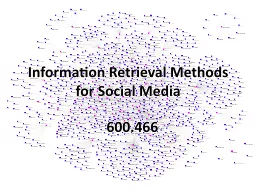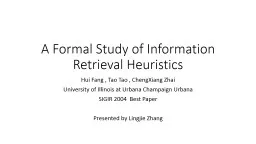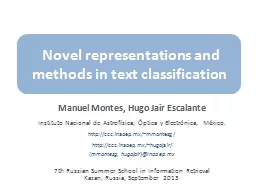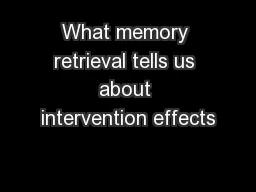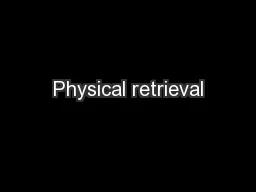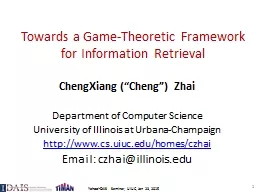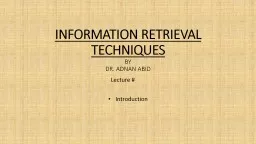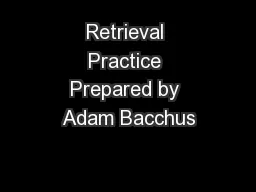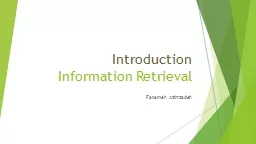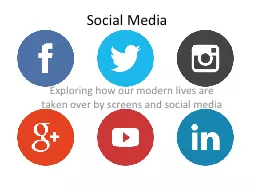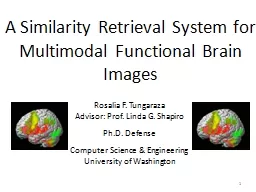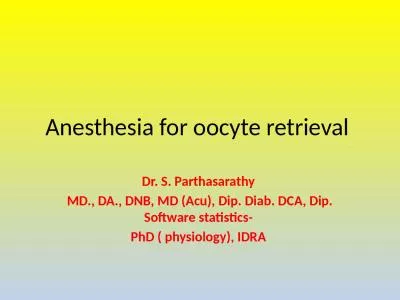PPT-Information Retrieval Methods for Social Media
Author : tawny-fly | Published Date : 2016-07-04
600466 Social Media Properties of Social Media Scale Twitter Chirp 2010 More than 100M user accounts more than 600M search queries a day 55M tweets a day Facebook
Presentation Embed Code
Download Presentation
Download Presentation The PPT/PDF document "Information Retrieval Methods for Social..." is the property of its rightful owner. Permission is granted to download and print the materials on this website for personal, non-commercial use only, and to display it on your personal computer provided you do not modify the materials and that you retain all copyright notices contained in the materials. By downloading content from our website, you accept the terms of this agreement.
Information Retrieval Methods for Social Media: Transcript
Download Rules Of Document
"Information Retrieval Methods for Social Media"The content belongs to its owner. You may download and print it for personal use, without modification, and keep all copyright notices. By downloading, you agree to these terms.
Related Documents

